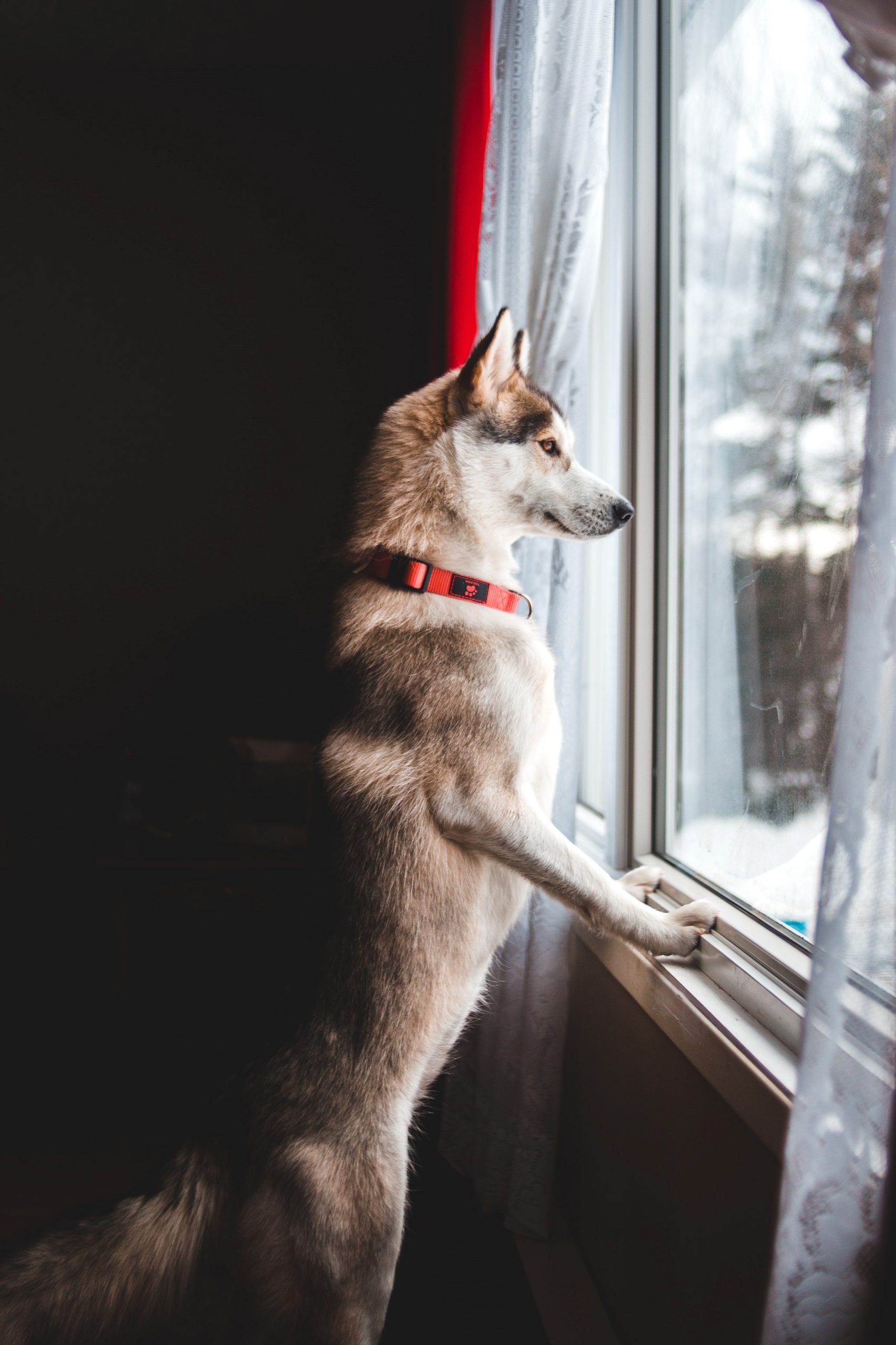Life After Staying at Home
Preparing Your Dog to Be Left Alone
 The COVID-19 pandemic may have disrupted the entire world, but one good thing came of it: We were able to spend more time with our beloved dogs. There’s also been a surge in pet adoptions as more and more people welcomed four-legged companions into their lives. But what happens when you can’t spend as much time at home with your dog?
The COVID-19 pandemic may have disrupted the entire world, but one good thing came of it: We were able to spend more time with our beloved dogs. There’s also been a surge in pet adoptions as more and more people welcomed four-legged companions into their lives. But what happens when you can’t spend as much time at home with your dog?
Dogs are highly social animals, love spending time with their humans, and thrive with consistent routines. These characteristics are also what can make change difficult for them, especially if it means spending more time alone. But don’t worry! If you start taking the right steps now, your dog will be ready to make the transition as you face your “new normals” together.
Leave Periodically
If you haven’t left your house much lately, start now. Give your dog some treats and calmly walk out the door. Begin by leaving for 5 or 10 seconds and gradually build up to longer amounts of time. While practicing this exercise, don’t forget to grab your purse, wallet, or keys – as if you were leaving for work – stay relaxed and give them plenty of treats. This helps your dog learn that there’s nothing remarkable about your coming and going, and that wonderful things happen when you head out the door.
Create a Safe Space
Everyone needs to feel safe when they’re alone, and the same goes for your dog. Some enjoy the security of a crate, and others prefer lounging on the sofa or in the middle of your bed. It’s also common for dogs to find a silent house unnerving, so try turning on the radio or television for background noise. And, while it is tempting to assume your dog is happiest when looking out the window, this may not be the case if you have an excessive barker or anxious dog. Allowing them to react repeatedly to everything passing by can actually upset their brain chemistry, increasing their anxiety. So, when you leave, make sure your dog has access to the place where they feel most content, even if it means putting up a baby gate to keep them in a certain area.
Pay Attention
We may not speak the same language, but dogs are constantly communicating with us. If you start to notice changes in their behavior when you leave, they’re trying to tell you something and shouldn’t be punished.
Common signs of separation anxiety include:
- Drooling, panting, pacing, or whining
- Going to the bathroom in the house
- Chewing, digging, or destructive behavior
- Trying to escape
- Excessive barking or howling
- Hysterical behavior for up to 30 minutes when you get home
Dogs can also display behavioral problems when they aren’t getting enough mental or physical exercise.
Add Some Entertainment
You may not be able to spend as much time with your dog, but that doesn’t mean they have to pass the entire day alone. Find creative ways to break up their day, either by coming home at lunch to take them for a walk or dropping them off for some doggy daycare. Remember, your dog still needs the same level of physical and mental exercise they’re currently getting, even if you’re not at home with them anymore. You can also try teaching them something new or giving them more mental stimulation with brain games.
Are you getting ready to head back to work after staying at home with your dog? Tell us how you’re preparing in the comments below!

